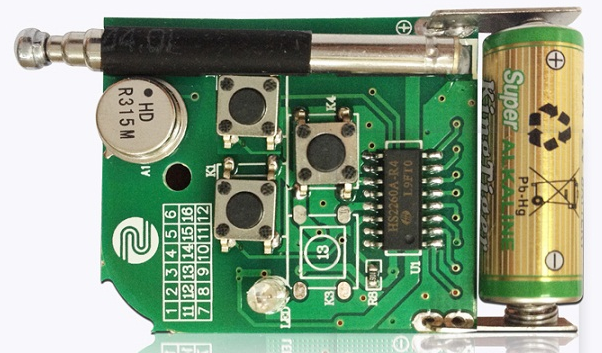What are the file types for PCB design input and output
PCB (Printed Circuit Board), the Chinese name is printed circuit board, also known as printed circuit board, printed circuit board, is an important electronic component, a support for electronic components, and a provider of electrical connections for electronic components.
PCB has been the backbone of the electronics industry since humans first connected carbon chips and silicon chips to form workable electronic products. From the beginning of the manual drawing of PCB design to the larger component library, powerful automatic layout and routing functions, it is more and more convenient for our engineers to carry out circuit board design work.
The specific PCB design can be divided into several parts, namely schematic design, PCB layout, circuit simulation, CAM engineering software, copy board software, etc. PCB design software generally includes two major modules: schematic design and PCB design. Some powerful PCB design software even includes the above modules.
What types of files are there for the input and output of PCB design files in the post-processing of PCB design? Let me list them one by one below.

1. PCB design input data
The input materials for PCB Layout tasks mainly include: schematic diagram, structural element diagram, design requirements, and single board plan completion schedule
(1) Schematic diagram
The design principle of the circuit and the logical connection relationship. The schematic diagram is the basis of PCB design. PCB design needs to be based on a full understanding of the schematic diagram.
The schematic diagram mainly includes the main functional modules on the circuit board, the logical interconnection relationship between the modules, and the internal connection relationship of the specific modules;
For example, a small CPU system on the PCB generally includes: CPU, SDRAM, FLASH, Bootroom and other main parts, and each main chip includes its peripheral matching and peripheral circuits.
(2) Structural element diagram
Specify the PCB size and shape, the location requirements of special devices (such as interface connectors, mounting holes, structure forbidden areas, device height restrictions, etc.), and the location of the devices required by the structural element diagrams need to be prioritized;
(3) Design requirements: there are mainly engineering requirement forms and reference documents
(4) The content of the engineering requirements form mainly includes: layout and wiring requirements of important signal lines on the PCB board (such as board thickness requirements, impedance requirements, spacing requirements for clock signals and differential signals, etc., absolute routing delays of important buses, Relative trace delay, etc.); and the size of various power supplies
2. Output data after PCB design is completed:
The output data mainly include: assembly files, gerber files, stencil files, structure files, PCB source files
(1) Assembly documents
Naming rules: PCB board name + version number + ASM such as PD_Ver_1_0_ASM
Assembly file content
(2) Gerber files
Naming rules: PCB board name + version number + CAM such as PD_Ver_1_0_CAM
Gerber file content
(3) Steel mesh files
Naming rules: PCB board name + version number + SMD such as PD_Ver_1_0_SMD
Stencil file content
(4) Structural documents
Naming rules: PCB board name + version number + DXF such as PD_Ver_1_0_DXF
Structure file content:
(5) PCB source files
Naming rules: PCB board name + version number + PCB such as PD_Ver_1_0_PCB
The final documents of PCB circuit board design need to be output as different types of packaging documents in accordance with the specifications for subsequent testing, processing, and assembly.